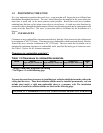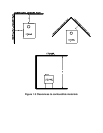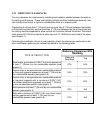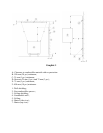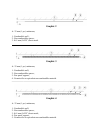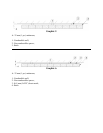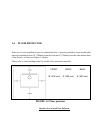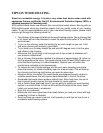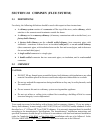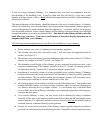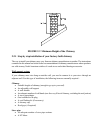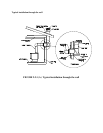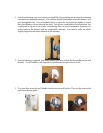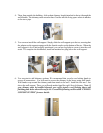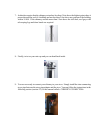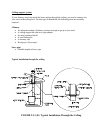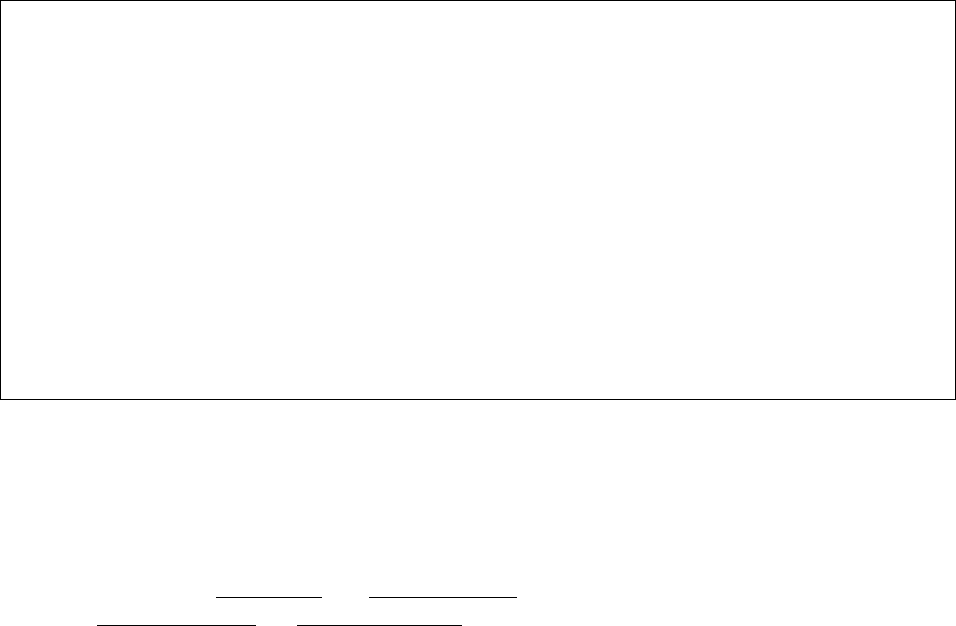
SECTION 2.0 CHIMNEY (FLUE SYSTEM)
2.1 DEFINITIONS
For clarity, the following definitions should be used with respect to these instructions:
• A chimney system consists of a connector off the top of the stove, and a chimney, which
attaches to the connector and terminates outside the house.
• A chimney can be a masonry chimney (of masonry construction with an inside liner), or a
factory built chimney.
• A factory built chimney can be a double walled chimney (two concentric pipes with
insulation - sometimes referred to as an insulated solid pack) or an air cooled chimney
(three concentric pipes, with insulation between the first and second pipes, and air between
the second and third pipes).
• A single walled connector is a single pipe.
• A double walled connector has two concentric pipes, no insulation, and is an air cooled
connector.
2.2 CHIMNEY
CAUTION:
• DO NOT fill any framed space around the factory-built chimney with insulation or any other
material. Insulation placed in this area could cause adjacent combustibles to overheat.
• Do not use makeshift compromises during installation as they may be safety hazards, and a
fire could result.
• Do not connect this unit to a chimney system serving another appliance.
• Do not cut rafters or ceiling joists without first consulting a building official to ensure
structural integrity is not compromised.
Your wood stove may be hooked up with a factory built or masonry chimney. If you are using a
factory built chimney, it must comply with UL103 (USA) or ULCS629 (Canada) standards. It must
therefore be a 6” (152mm) HT Type (2100°F) chimney. It is extremely important that it be installed
according to the manufacturer's specifications. The manufacturers’ installation instructions and
specified clearances should always be followed in accordance with local and national installation
codes. In Canada the CSA B365 and the CSA C22.1 installation codes are to be followed. In the
USA the ANSI NFPA 70
and ANSI NFPA 211 installation codes are to be followed.



